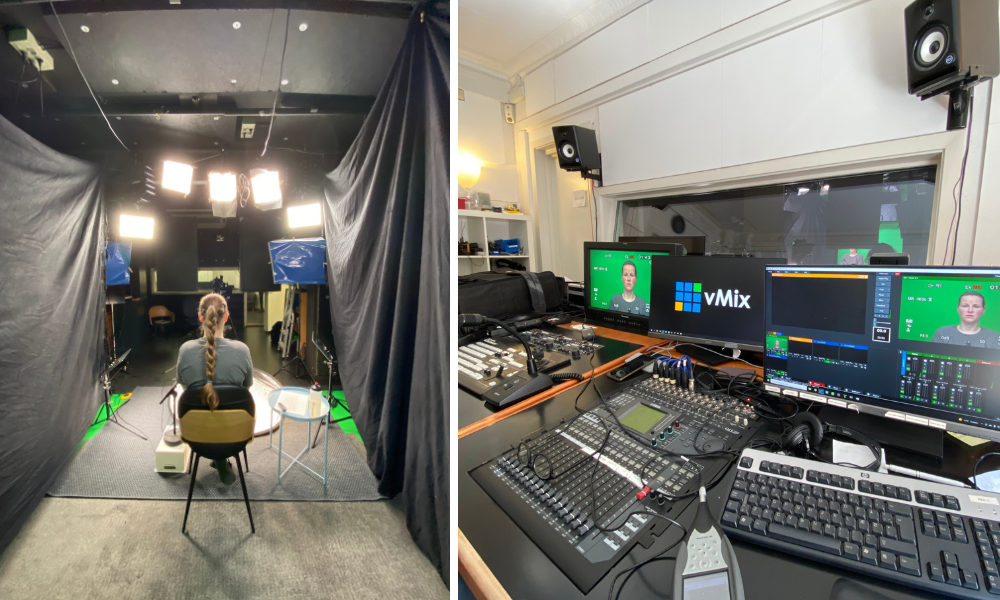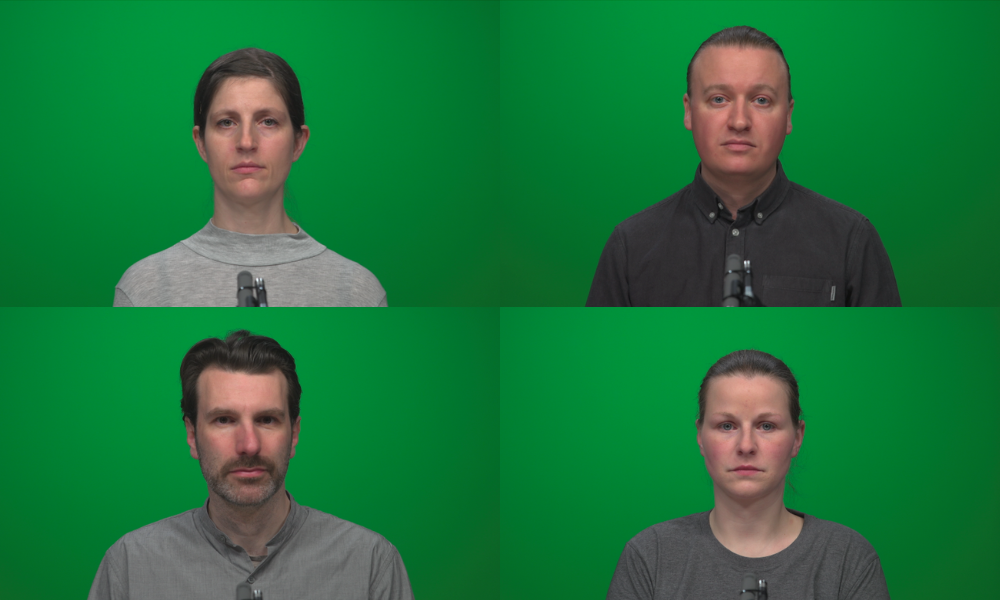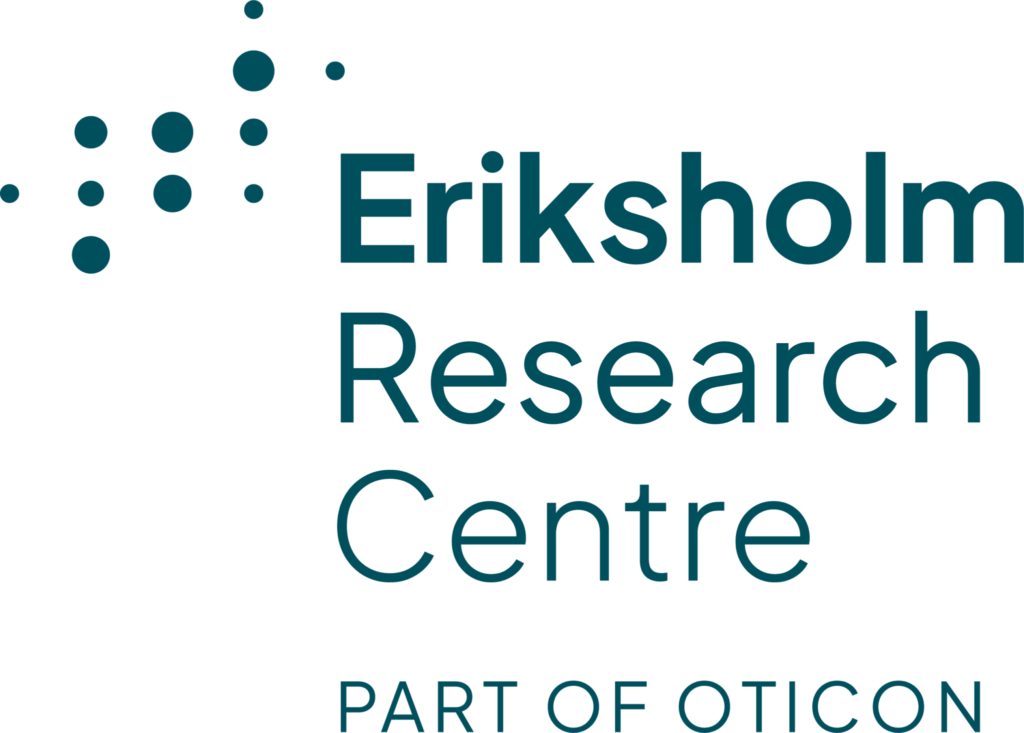Introduction
Many research and development projects in the fields of speech and hearing sciences rely heavily on speech corpuses. For example, a sentence test as the one presented here is used to evaluate the hearing aid benefit when listening to speech in noise. The test person listens to the sentences and is asked to repeat as many words as possible. Each sentence can be used only once in the test, as the listener may remember the sentence. In such use cases, it is valuable to have many sentences to test different algorithm parameters or hearing aid settings.
This project is supported by the William Demant Foundation, GN Hearing, and WS Audiology
Aims
The main objective of this project is to create a new sentence test together with a new, larger corpus of Danish sentences. The corpus should contain at least 800 sentences, all recorded for two male and two female talkers. The sentence test should be validated and normalized for one talker and for both normal-hearing and hearing-impaired listeners. Furthermore, continuous monologue and dialogue recordings will be recorded using the same talkers. All recordings must be audio-visual. The entire corpus will be publicly available.

Aims
The main objective of this project is to create a new sentence test together with a new, larger corpus of Danish sentences. The corpus should contain at least 800 sentences, all recorded for two male and two female talkers. The sentence test should be validated and normalized for one talker and for both normal-hearing and hearing-impaired listeners. Furthermore, continuous monologue and dialogue recordings will be recorded using the same talkers. All recordings must be audio-visual. The entire corpus will be publicly available.
Methodology
A sentence material based on normal Danish word occurrence and ten different syntactic templates is created. The material is screened for naturalness and emotional content. It is then recorded audiovisually using 4 professional talkers (2 male, 2 female).
The sentence recordings are edited, and one preferred talker is tested on a group of normal-hearing listeners. The sentences of the preferred talker are adjusted in level to be equally intelligible and then grouped in equivalent lists, each containing 20 sentences. Furthermore, monologues and dialogues will be recorded in the same recording studio and using the same talkers.
Green screen recording studio setup with one female talker







